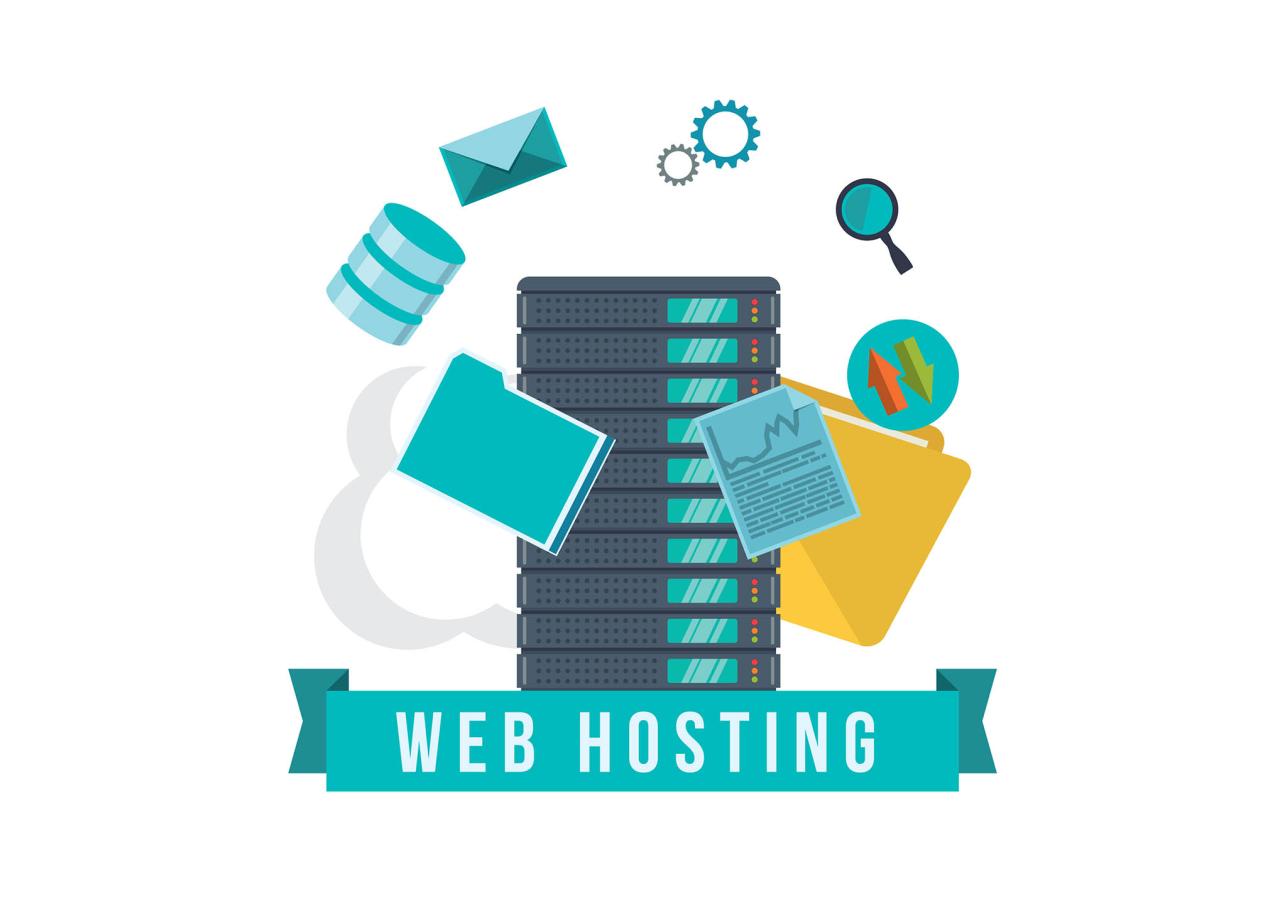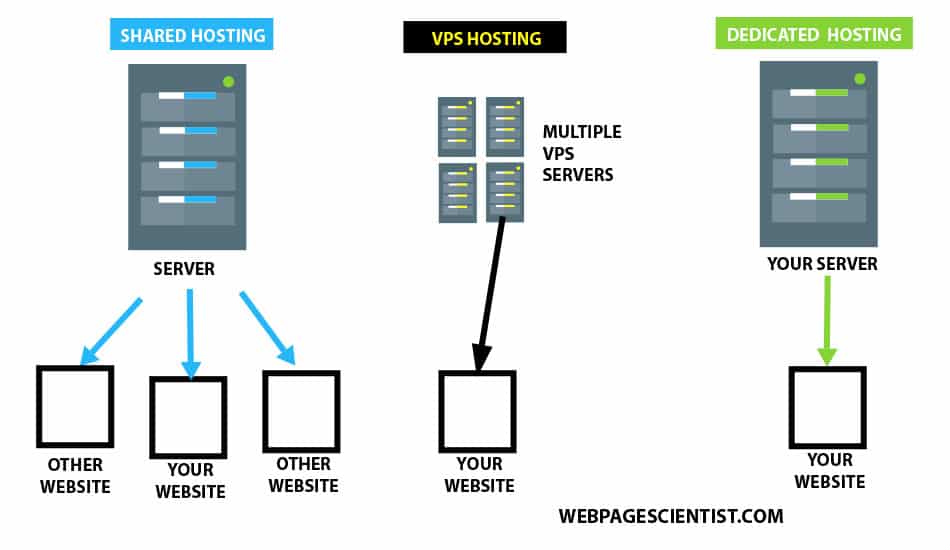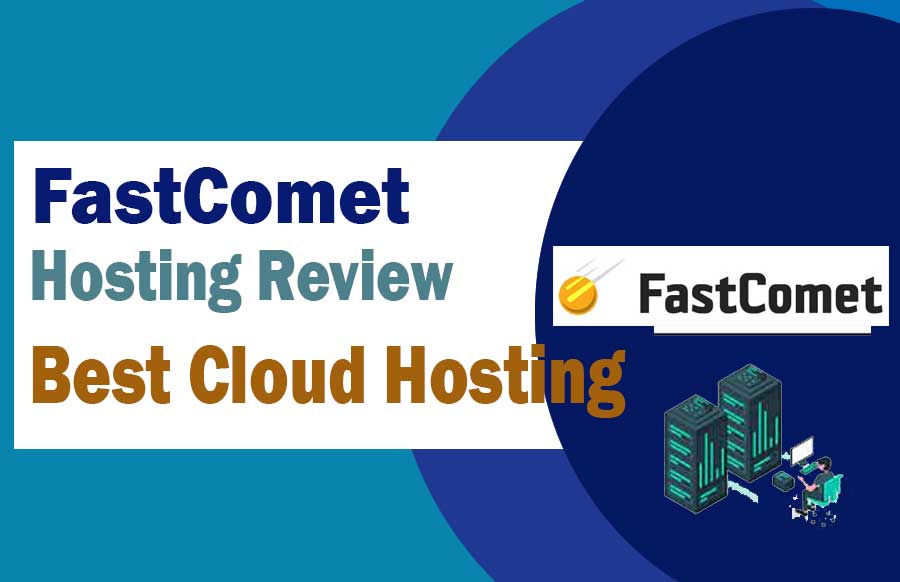Web hosting with free domain is a fantastic opportunity for anyone looking to establish their online presence without breaking the bank. This combination offers a cost-effective way to launch a website, blog, or online store, providing the essential foundation for your digital venture. Imagine having a website readily available, complete with a custom domain name, all without upfront domain registration costs. This approach not only saves you money but also simplifies the process of getting your website online.
The benefits of choosing web hosting with a free domain extend beyond financial savings. It simplifies the setup process, allowing you to focus on creating engaging content and building your online brand. However, it’s important to be aware of potential drawbacks, such as limitations on domain name choices or restrictions on certain features. This guide will delve into the intricacies of web hosting with free domain, exploring its advantages, disadvantages, and everything you need to know to make an informed decision.
Understanding Web Hosting with Free Domain

In the digital realm, having a website is crucial for businesses and individuals alike. But before you can launch your website, you need a place to store it – that’s where web hosting comes in. Essentially, web hosting is like renting space on a server, a powerful computer that keeps your website files accessible to the world. A domain name, on the other hand, is your website’s address on the internet, making it easy for people to find you. When you choose a web hosting plan that includes a free domain, you get both the storage space for your website and a unique address, making it a convenient and cost-effective solution for getting your website online.
Benefits of Choosing Web Hosting with Free Domain
The combination of web hosting and a free domain offers a number of advantages for website owners:
- Cost-Effective Solution: Purchasing a domain name separately can add to the overall cost of getting your website online. Choosing a web hosting plan that includes a free domain can save you money in the long run, especially for budget-conscious individuals and small businesses.
- Simplified Setup: Having both web hosting and a domain name from the same provider simplifies the website setup process. You don’t have to worry about configuring DNS settings or dealing with multiple accounts, making it easier for beginners to get started.
- Convenience and Efficiency: By managing your hosting and domain name through a single provider, you can streamline your website management. This eliminates the need to switch between different platforms and makes it easier to update your website, manage your account, and track your website’s performance.
Potential Drawbacks of Free Domain Offers
While free domain offers are attractive, it’s important to be aware of potential limitations:
- Limited Domain Choices: Free domains often come with restrictions. You may not be able to choose a highly desirable or popular domain name, especially if it’s already taken. You might be limited to certain domain extensions like .com, .net, or .org.
- Renewal Fees: While the initial domain registration is free, you’ll likely have to pay a renewal fee after the first year. This cost may be higher than if you had purchased the domain name separately.
- Potential for Upselling: Free domain offers are often used as a way to attract new customers, and some providers may try to upsell you on additional services or features after your initial sign-up.
Choosing the Right Web Hosting with Free Domain
Selecting the right web hosting plan with a free domain is crucial for your website’s success. It involves considering various factors to ensure your website runs smoothly and efficiently. This section will guide you through the process of making an informed decision.
Factors to Consider
The selection process involves assessing your website’s needs and matching them with the features offered by different hosting providers. Here are some key factors to consider:
- Website Traffic: Estimate the expected number of visitors your website will receive. This will determine the amount of bandwidth and resources you need. High-traffic websites require more robust hosting plans.
- Storage Requirements: Consider the size of your website files, including images, videos, and other content. Choose a plan with sufficient storage space to accommodate your needs. Ensure the plan offers enough storage for future growth.
- Security Needs: Website security is paramount. Look for hosting providers that offer features like SSL certificates, malware protection, and regular backups to safeguard your data and prevent security breaches.
- Budget: Determine your budget for web hosting. Compare different hosting plans and their pricing to find the best value for your money. While free domains are enticing, don’t compromise on quality and security for a lower price.
Evaluating Provider Reputation and Reliability
Before committing to a web hosting provider, it’s essential to research their reputation and reliability. Here are some tips:
- Read Reviews: Check online reviews from other users to gauge the provider’s performance, customer support, and reliability. Websites like Trustpilot and Sitejabber can provide valuable insights.
- Look for Awards and Recognition: Providers with industry awards or recognition from reputable organizations often indicate their high standards and quality of service.
- Check for Uptime Guarantees: Look for providers that offer uptime guarantees, ensuring your website remains accessible to visitors. Aim for a provider with a high uptime percentage, ideally above 99.9%.
- Consider Customer Support: Evaluate the provider’s customer support channels, response times, and availability. Look for options like 24/7 live chat, phone support, and email support for prompt assistance when needed.
Questions to Ask Potential Providers
Asking potential providers specific questions can help you make an informed decision. Here’s a checklist of questions to ask:
- What are the server locations? Choosing a provider with servers close to your target audience can improve website loading times and user experience.
- What are the included features? Inquire about features like email accounts, databases, website builder tools, and security features.
- What is the renewal price? Some providers offer attractive introductory prices, but renewal rates can be significantly higher. Be sure to inquire about the long-term cost.
- What is the refund policy? Understanding the provider’s refund policy gives you peace of mind and ensures you can get your money back if you’re not satisfied with the service.
- What are the support options? Ask about the availability of live chat, phone support, email support, and knowledge base resources.
Domain Name Selection and Registration
Your domain name is your online identity. It’s how people find your website, so choosing the right one is crucial. A good domain name is both relevant to your website’s content and easy to remember.
A memorable domain name helps you stand out from the competition and attract more visitors.
Domain Name Search and Registration
Finding the perfect domain name requires careful consideration and a strategic approach. Here’s a guide to help you navigate the process:
- Brainstorm Ideas: Start by listing potential domain names related to your website’s theme or brand. Consider using s that people might search for when looking for your type of content.
- Check Availability: Once you have a list of potential domain names, use a domain registrar’s website to check their availability. Popular domain registrars include GoDaddy, Namecheap, and Google Domains.
- Choose a Domain Extension: The most common domain extensions are .com, .net, and .org. However, there are many other options available, such as .io, .tech, or .shop. Choose an extension that is relevant to your website and easy to remember.
- Register Your Domain: Once you’ve found an available domain name, you can register it through the domain registrar. You’ll need to provide your personal information and payment details.
Setting Up DNS Records
DNS (Domain Name System) records link your domain name to your website’s hosting server. Setting up DNS records is essential for your website to be accessible online.
- Access Your DNS Management Panel: Your domain registrar will provide you with access to a DNS management panel.
- Create an A Record: An A record links your domain name to your website’s IP address. You’ll need to get the IP address from your web hosting provider.
- Create a CNAME Record: A CNAME record is used to point a subdomain (like www.yourdomain.com) to another domain or service. For example, you can use a CNAME record to point your website’s “www” subdomain to your website’s main domain.
- Create an MX Record: An MX record specifies which email server is responsible for handling email for your domain. You’ll need to get the MX record from your email provider.
Website Building and Management
Once you have secured your web hosting plan with a free domain, you are ready to build your website. Several platforms and tools are available to help you create a website, ranging from simple drag-and-drop builders to more advanced coding options. This section will explore popular website building platforms and tools compatible with web hosting plans that include free domains, discuss how to install and configure a website, and provide an overview of website management.
Website Building Platforms and Tools
Website building platforms and tools provide a range of features and functionalities, allowing you to create a website without extensive coding knowledge. Here are some popular platforms and tools:
- WordPress: A highly popular content management system (CMS) known for its flexibility and extensive plugin library. WordPress allows you to create various websites, from blogs and e-commerce stores to portfolio websites and online communities. It is open-source, meaning it is free to use and modify.
- Wix: A user-friendly drag-and-drop website builder that simplifies the website creation process. Wix offers a wide array of templates and features, making it suitable for creating professional-looking websites without coding.
- Squarespace: Another popular drag-and-drop website builder known for its stylish templates and ease of use. Squarespace is ideal for creating visually appealing websites for businesses, portfolios, and blogs.
- Shopify: A leading e-commerce platform designed specifically for online stores. Shopify offers a comprehensive set of features for managing products, orders, payments, and marketing.
- GoDaddy Website Builder: A user-friendly website builder offered by GoDaddy, a popular web hosting provider. GoDaddy Website Builder provides a simple interface and pre-designed templates for creating basic websites.
Website Installation and Configuration
Once you have chosen a website building platform, you need to install and configure it on your web hosting plan. The installation process varies depending on the platform and your web hosting provider.
- Choose a Platform: Select a website building platform that aligns with your needs and technical skills.
- Access Your Hosting Control Panel: Log in to your web hosting account and access the control panel, often called cPanel or Plesk.
- Install the Platform: Most web hosting providers offer one-click installers for popular platforms like WordPress. Locate the installer and follow the instructions to install your chosen platform.
- Configure the Platform: Once installed, configure the platform by creating an administrator account, choosing a theme, and setting up basic website settings.
- Connect Your Domain: Point your free domain to your web hosting account to make your website accessible online.
Website Management
Managing a website involves ongoing tasks to keep it updated, functional, and optimized for search engines.
- Content Updates: Regularly update your website content with fresh information, blog posts, or product listings.
- Adding Pages: Create new pages to expand your website’s content and navigation structure.
- Search Engine Optimization (): Optimize your website for search engines to improve its visibility and attract more visitors. This includes optimizing page titles, meta descriptions, and content for relevant s.
- Security: Regularly update your website’s software and plugins to protect it from security threats.
- Backups: Create regular backups of your website data to ensure you can restore it in case of data loss.
Security and Maintenance
In the digital world, your website is your online storefront, and just like a physical store, it needs to be protected from theft and damage. Security and regular maintenance are essential for ensuring your website remains safe, reliable, and performs well.
Website Security
Website security is paramount to protect your website and its visitors from various threats. These threats can include malware, data breaches, and unauthorized access, which can lead to significant financial and reputational losses.
- Malware: Malicious software designed to harm your website, steal data, or disrupt its functionality. This can include viruses, worms, and ransomware.
- Data Breaches: Unauthorized access to sensitive information such as customer data, financial records, or intellectual property. Data breaches can result in legal penalties, financial losses, and damage to your brand reputation.
- Unauthorized Access: Unwanted access to your website by hackers or malicious individuals. This can involve gaining control of your website, manipulating content, or stealing data.
Protecting Your Website, Web hosting with free domain
There are several measures you can take to protect your website from these threats:
- Strong Passwords: Use strong, unique passwords for your website logins and administrative accounts. A strong password includes a combination of uppercase and lowercase letters, numbers, and symbols.
- Regular Updates: Keep your website software, plugins, and themes updated to the latest versions. Updates often include security patches that address vulnerabilities.
- Secure Sockets Layer (SSL) Certificate: An SSL certificate encrypts the communication between your website and visitors, protecting sensitive data like credit card information. Look for websites with “https” in the URL and a padlock icon in the browser address bar.
- Firewalls: A firewall acts as a barrier between your website and the internet, blocking unauthorized access and malicious traffic. Many web hosting providers offer firewall protection as part of their services.
- Antivirus Software: Install antivirus software on your website to detect and remove malware. Regular scans can help identify and eliminate threats before they cause damage.
- Two-Factor Authentication (2FA): An extra layer of security that requires users to provide two forms of identification before granting access. This can be a password and a code sent to your phone or email.
- Regular Backups: Regularly back up your website data to ensure you can restore it in case of a security breach or data loss. Backups should be stored in a secure location, separate from your website’s server.
Website Maintenance
Regular website maintenance is crucial for optimal performance, security, and user experience. It involves tasks that ensure your website remains up-to-date, secure, and functioning smoothly.
- Backups: Create regular backups of your website data, including files, databases, and content. Backups allow you to restore your website in case of data loss due to technical issues, security breaches, or accidental deletions.
- Updates: Keep your website software, plugins, and themes updated to the latest versions. Updates often include bug fixes, security patches, and performance improvements.
- Performance Monitoring: Monitor your website’s performance regularly to identify any issues that may affect user experience. Tools can track website speed, uptime, and other metrics. Address any performance bottlenecks or slowdowns promptly.
- Security Scans: Regularly scan your website for malware and vulnerabilities. Use security scanners to identify and address any security risks.
- Content Updates: Update your website content regularly to keep it fresh and relevant. This includes blog posts, articles, product descriptions, and other content that engages visitors.
- Technical Support: Seek technical support from your web hosting provider or a qualified website developer if you encounter any issues with your website. Promptly addressing technical problems can prevent further complications and downtime.
Final Review

Web hosting with free domain presents a compelling opportunity for individuals and businesses seeking to establish a strong online presence without significant upfront investment. By understanding the various hosting options, carefully selecting a provider, and managing your website effectively, you can harness the power of a free domain to achieve your online goals. Remember, the key to success lies in choosing a reputable provider, optimizing your website for performance, and engaging your target audience with valuable content. Embrace the world of web hosting with free domain, and let your online journey begin.




